Application Areas
of (functional) electrical stimulation
Functional electrical stimulation (FES) for facial nerve palsy
-for-facial-nerve-palsy.png?auto=format&sfvrsn=a7bb942_18)
Facial muscles may be affected in patients with neurological diseases or nerve damage. Electrical stimulation and feedback help the patient to consciously perceive and change muscle tension. Voluntary muscle tension and relaxation as well as intermuscular coordination can be trained.
Therapy goals
- Improvement of voluntary motor activity and selectivity for (partially) innervated muscles
- Improvement of facial symmetry (aesthetics) and facial expressions
- Improvement of eye and mouth closure
- Functional recovery of peripheral nerve damage capable of regeneration (lower motor neuron)
- Promotion of nerve regeneration (reinnervation)
- Positive impact on dyskinesias and prevention of synkinesias (co-movements)
- Relaxation of hypertonic muscle groups
Areas of application
Patients with:
- central and peripheral facial nerve palsy
- acute and chronic facial nerve palsy
- stroke
- multiple sclerosis
- nerve reconstruction
- cross-face nerve graft (CFNG)
- hypoglossal-facial nerve anastomosis
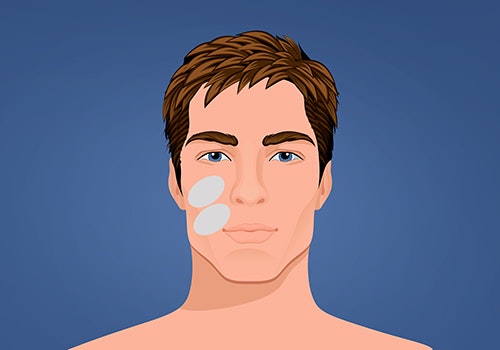
Denervated
muscles
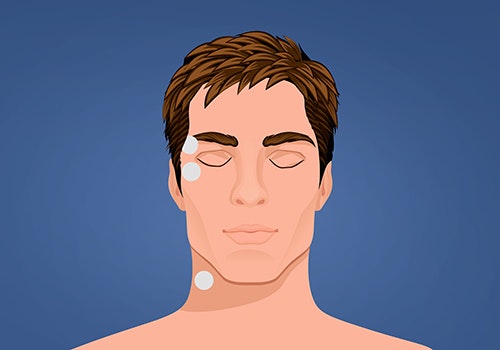
Activation of eyelid closure (EMG)
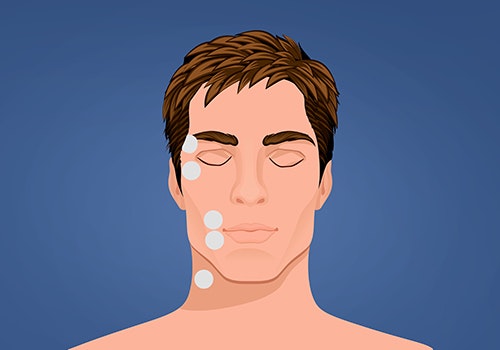
Close eyes - relax mouth (EMG)
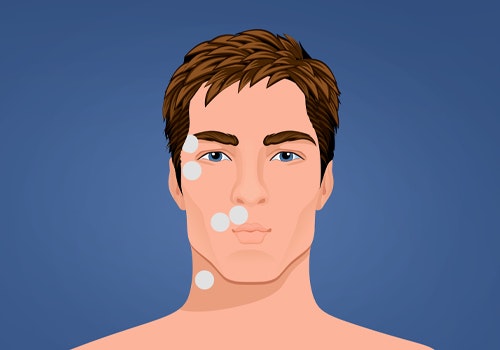
Purse lips - relax eyes
(EMG)
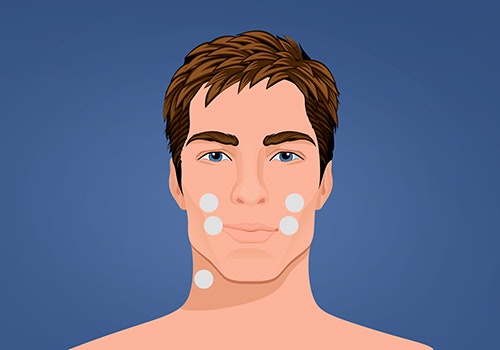
Mimic coordination training (EMG)
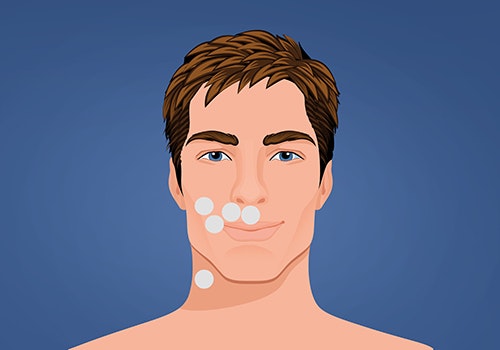
Activation of mouth movement (EMG)
Nerve regeneration, muscle strengthening, and support of facial muscles
Targeted activation of facial muscles can be improved with the help of electrical stimulation and biofeedback (Volk et al. 2014). The EMG-triggered programmes enable unwanted movement of other muscle groups to be avoided when executing the movement.
FES is excellent in combining with other facial therapies, such as mirror therapy or emotional stimuli, which are applied to increase the activity of facial muscles. If the defects are located in the facial nerve (lower motor neuron), the STIWELL® can
be used to individually stimulate denervated muscles by means of appropriate current forms, frequencies, and pulses.
Added benefits of FES therapy
Treating facial muscles is of great importance in the treatment of neurological patients, since they are often a source of major psychological strain. This is because they may cause difficulties when drinking/eating and also through facial asymmetry, which is a burden both socially and aesthetically. FES in therapy, and as self-training in home-based therapy, targets precisely these problems.
STIWELL® user stories

Albin
"After a total parotidectomy on the right, I had a post-operative peripheral facial nerve palsy with House-Brackmann Score IV (out of VI) ... After 3 months of (almost) daily use, my facial expressions, eyelid lowering, and mouth corner lift worked again in such a manner that strangers could not notice any significant impairment..."
Volk, G. F., Finkensieper, M., & Guntinas‑Lichius, O. (2014). EMG Biofeedback Training zuhause zur Therapie der Defektheilung bei chronischer Fazialisparese. Laryngo‑Rhino‑Otologie, 93(01), 15‑24.
